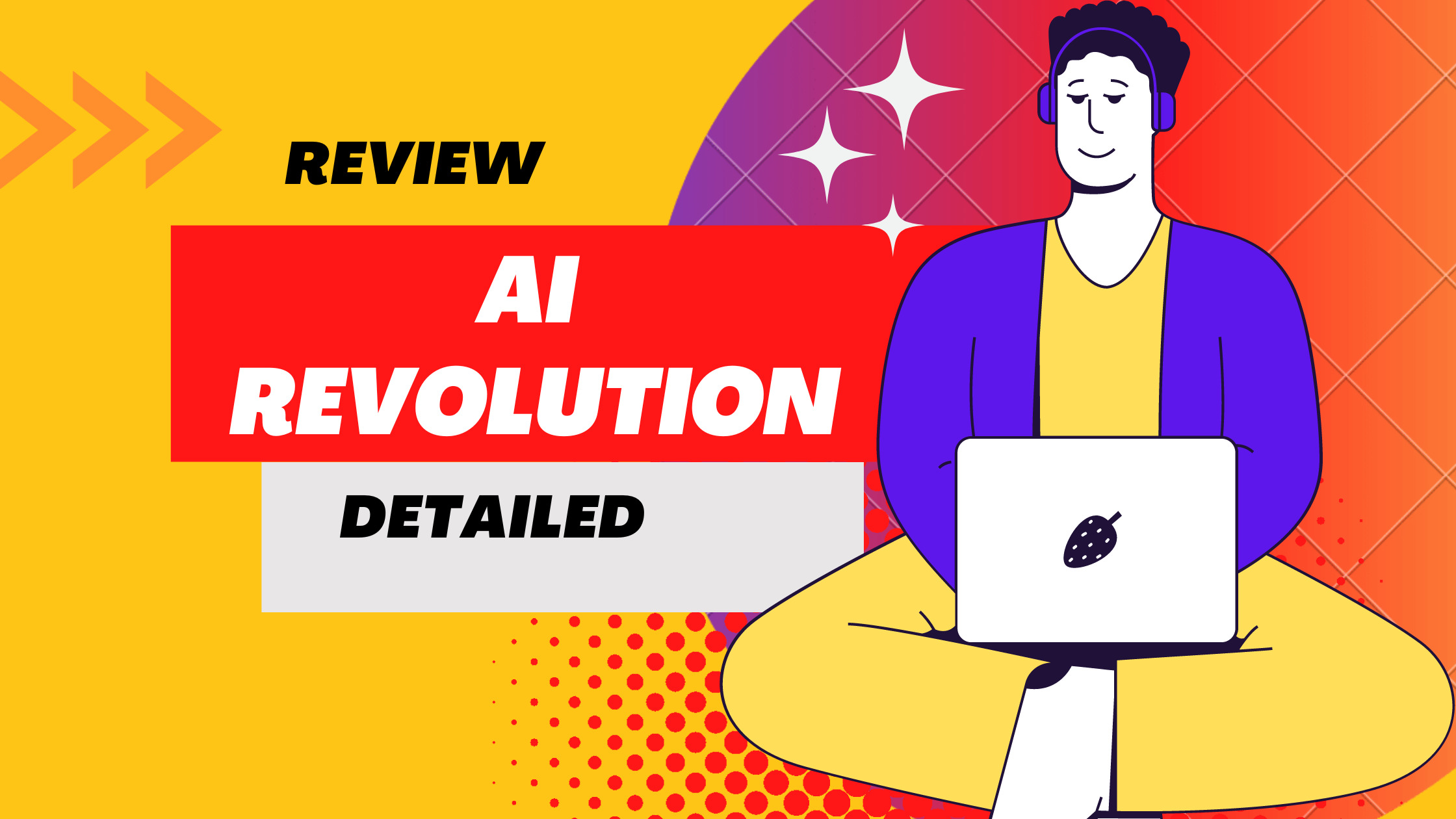In the rapidly evolving landscape of artificial intelligence (AI) and automation, chatbots have emerged as a groundbreaking tool that has revolutionized the way businesses interact with customers and streamline their operations.
From their early rule-based beginnings to today’s sophisticated AI-powered solutions, the journey of chatbots showcases the remarkable progression of technology and its impact on user experiences and business efficiency.
This article delves into the evolution of chatbots, tracing their journey from simple rule-based systems to the advanced AI-driven marvels that dominate the AI automation landscape today.
Early Days: Rule-Based Chatbots
In the early days of chatbot development, rule-based systems were the foundation. These chatbots followed predefined sets of rules and patterns to respond to user queries.
They were programmed with specific keywords and phrases, and their responses were limited to pre-scripted answers. While these rule-based chatbots could handle basic tasks and frequently asked questions, they lacked the ability to comprehend context or engage in meaningful conversations.
The interactions often felt mechanical and rigid, failing to capture the nuances of human communication.
The Rise of Natural Language Processing (NLP)
The turning point in chatbot evolution came with advancements in Natural Language Processing (NLP) – a subset of AI that focuses on enabling computers to understand, interpret, and generate human language. With NLP, chatbots gained the ability to process and understand the context, sentiment, and intent behind user queries.
This marked a significant shift from rule-based responses to dynamic, context-aware conversations.
Transition to AI-Powered Chatbots
As NLP technology progressed, so did the capabilities of chatbots. AI-powered chatbots emerged as the next evolutionary step, blending NLP with machine learning algorithms and data analysis.
These chatbots could learn from past interactions and adapt their responses based on user behavior. They became more intuitive, capable of understanding colloquial language, slang, and even recognizing emotions in text.
Why are Ai Systems better?
Enhanced User Experience:
AI chatbots have fundamentally transformed user experiences by providing interactions that are not only more efficient but also more engaging and personalized.
Unlike rule-based chatbots, AI-powered systems can understand the context of conversations, adapt to user preferences, and provide relevant responses.
Through Natural Language Processing (NLP) and machine learning, AI chatbots can decipher user intent and offer solutions that closely match their needs. This level of personalization leads to higher user satisfaction as users feel understood and valued during their interactions. AI chatbots can remember past conversations, making the experience feel continuous and seamless. As a result, users are more likely to engage with chatbots for longer durations, establishing a deeper connection with the brand.
24/7 Availability:
One of the most significant advantages of AI chatbots is their round-the-clock availability. Unlike human agents, who are limited by working hours and time zones, AI chatbots can operate 24/7, ensuring users receive immediate assistance whenever they need it.
This level of accessibility not only enhances user experience but also addresses urgent inquiries in real time. For businesses serving a global audience, AI chatbots eliminate the frustration of customers waiting for assistance due to time differences.
This uninterrupted availability significantly improves customer satisfaction, as users can get their questions answered or issues resolved at any time, leading to improved loyalty and retention rates.
Scalability:
AI chatbots are highly scalable, making them suitable for businesses of all sizes. As companies grow, the demand for customer support and engagement also increases.
AI chatbots can handle multiple conversations simultaneously without compromising the quality of interactions. This ability to scale without the need for extensive manpower is a game-changer for businesses looking to provide consistent customer support while managing costs. Traditional customer service teams would require substantial expansion to match the growth in user queries, leading to higher expenses. AI chatbots allow businesses to cater to a larger user base without incurring proportional increases in operational costs.
Data-Driven Insights:
The interactions between users and AI chatbots generate a wealth of data that can offer invaluable insights into user behavior, preferences, pain points, and emerging trends.
Businesses can analyze this data to better understand customer needs and refine their strategies. For instance, by identifying frequently asked questions, businesses can proactively address common concerns on their websites or in marketing materials. Additionally, understanding the types of inquiries users have can guide product development and improvements.
AI chatbots can also assist in A/B testing by presenting different responses to similar queries and tracking user reactions, providing data-driven insights to optimize conversation flows.
Cost Efficiency:
AI chatbots offer substantial cost savings compared to traditional customer service methods. Employing human agents around the clock requires substantial manpower and associated costs, including salaries, benefits, and training.
AI chatbots, once developed and deployed, have relatively low maintenance costs. They can handle a large volume of routine inquiries, freeing up human agents to focus on more complex tasks that require empathy and critical thinking.
By automating routine tasks such as order tracking, FAQ inquiries, and appointment scheduling, businesses can allocate their human resources more strategically, maximizing the value of their workforce. This cost-efficient approach enhances operational efficiency and allows businesses to invest resources in areas that truly require human expertise.
In summary, AI chatbots have revolutionized user experiences by offering personalized interactions, continuous availability, scalability, data-driven insights, and cost efficiency. By leveraging the power of AI, businesses can not only provide top-notch customer support but also optimize their operations and decision-making processes.
As AI technology continues to advance, chatbots are poised to become even more sophisticated, further enhancing their ability to engage users, drive efficiencies, and contribute to the overall success of businesses across industries.
Last Words
The journey of chatbots, from their rule-based origins to the AI-powered marvels of today, is a testament to the incredible advancements in AI and automation. As businesses seek to deliver superior customer experiences and streamline operations, AI-powered chatbots have emerged as a transformative solution.
With the continued progression of technology, these chatbots will undoubtedly shape the way we interact with technology, paving the way for a future where human-machine communication is seamless, intuitive, and more human-like than ever before. Embracing this evolution and harnessing the power of AI chatbots will undoubtedly drive innovation and efficiency across industries, firmly establishing them as a cornerstone of AI automation.
This is zehaan, I love automating repetitive tasks with Ai.




